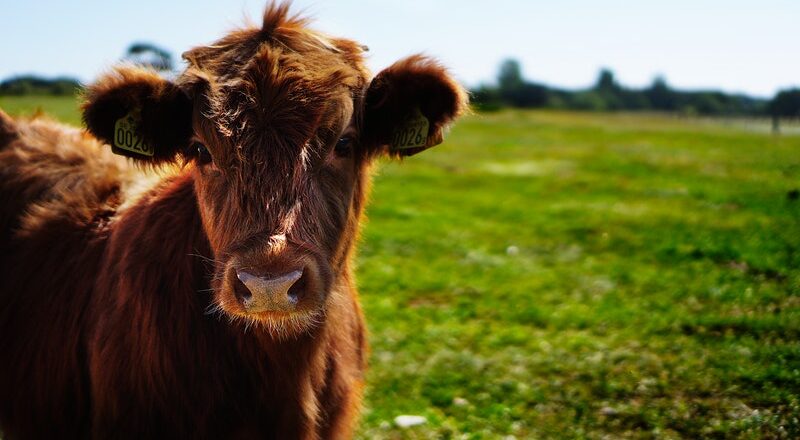
Protein quality assessment halves the environmental impact of meat and dairy products
The real environmental impact of meat and dairy products is half of what has been calculated. This is confirmed by a study that evaluates the environmental impacts of food according to its nutritional value.
The real environmental impact of meat and dairy products is half of what has been calculated so far. This is confirmed by a study that assesses the environmental impacts of food based on its full nutritional value. Calculating the environmental footprint per unit of protein produced does not provide an accurate assessment of the impact of the food. Proteins are not all equal in nutritional quality, so the nutritional value of foods changes considerably.
In the study, the researchers measured the quality of proteins with the DIAAS method, Digestible Indispensable Amino Acid Score, which evaluates the digestibility of essential amino acids by assigning a score in values below or above 100. In practice, a DIAAS of over 100 indicates that the protein has very high digestibility and quality, such as that of animal-source foods, and is a good protein supplement for foods with lower qualities, such as those of plant foods.
Animal proteins show the highest DIAAS because they are complete with all the essential amino acids, with high digestibility and absorption; on the contrary, plant proteins are incomplete, lacking amino acids, linked to fibres and anti-nutritional factors that compromise digestibility and absorption. For this reason, the functional units for calculating the environmental impacts of animal-source foods must consider this fundamental difference with plants: their greatest nutritional power per unit of food and, consequently, their environmental impact must be commensurate with this superiority.
In the study cited above, the researchers considered, by taking them from the literature, the DIAAS of four animal source foods (beef, cheese, eggs and pork) and four plant foods (nuts, peas, tofu and wheat). They used them to assess the environmental impact of these foods based on their nutritional power. All animal products had more than 100% DIAAS, while plant protein sources had lower scores, with wheat scoring particularly low (43%).
The real #EnvironmentalImpact of #meat is half of what has been calculated so far: their #NutritionalValue is greater per unit of #food, so their environmental impact should be commensurate with that superiority. Click To TweetWith this new reference to the functional unit, the environmental impact of the animal source foods considered has been practically halved in the case of beef. At the same time, that associated with plant products, such as wheat bread, increased by almost 60%. Having a lower protein quality, plant foods must be taken in higher quantities to obtain the same protein benefit as animal foods. And this determines at the level of the population an increase in production, with a consequent higher environmental impact.
According to the authors, comparing apples and nuts, or meat and wheat, even under the aspect of iso-protein intake, makes little sense and leads to fallacious environmental footprint results because the different protein quality does not make them directly comparable. It is therefore essential to consider the quality of proteins as a complementary functional unit in evaluating the nutritional life cycle, the so-called LCA, in addition to the digestibility and bioavailability of all bio-active substances, including non-protein substances, such as micronutrients.
Ultimately, the authors suggest that environmental impact experts should integrate science into the whole LCA-EF assessment method to provide accurate and transparent results on food sustainability and the right tools to reduce the impacts of the entire agri-food supply chain.





